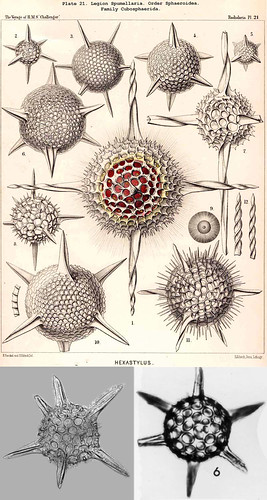Money Quote -
".. input data about physical stresses on a structure, as well as design constraints such as size, overall shape, and the need to let in light into certain areas of a building. Based on this information, the software applies algorithms to specify how the material properties need to change throughout a structure.
A load-bearing wall could be printed in elaborate patterns that correspond to the stresses it will experience from the load it supports from wind or earthquakes, for instance.
In non-load bearing areas, it could also be possible to print concrete that's so porous that light can penetrate, or to mix the concrete gradually with transparent materials."
Top marks to Neri Oxman for using ideas that Nature has developed and replicating it to produce more sustainable and structurally efficient buildings. I've been thinking along the same lines as she has - a polymer extruding head attached to a Dshape or other could go a long way to increasing the tensile strength...honeycomb patterns, voronoi structures or the like could be incorporated easily.
Re: The Original MIT article - they cite Behrokh Khoshnevis' printer, the Contour Printer....and not the Dshape.... Never a fan of his design compared to the Dshape - the potential to create freeform architecture is limited by its 'additive' design....Khoshnevis's feet are firmly encased in concrete and construction....nothing artistic can be created. I think next blog post Ill do a nice 'pros n cons' of the two.









